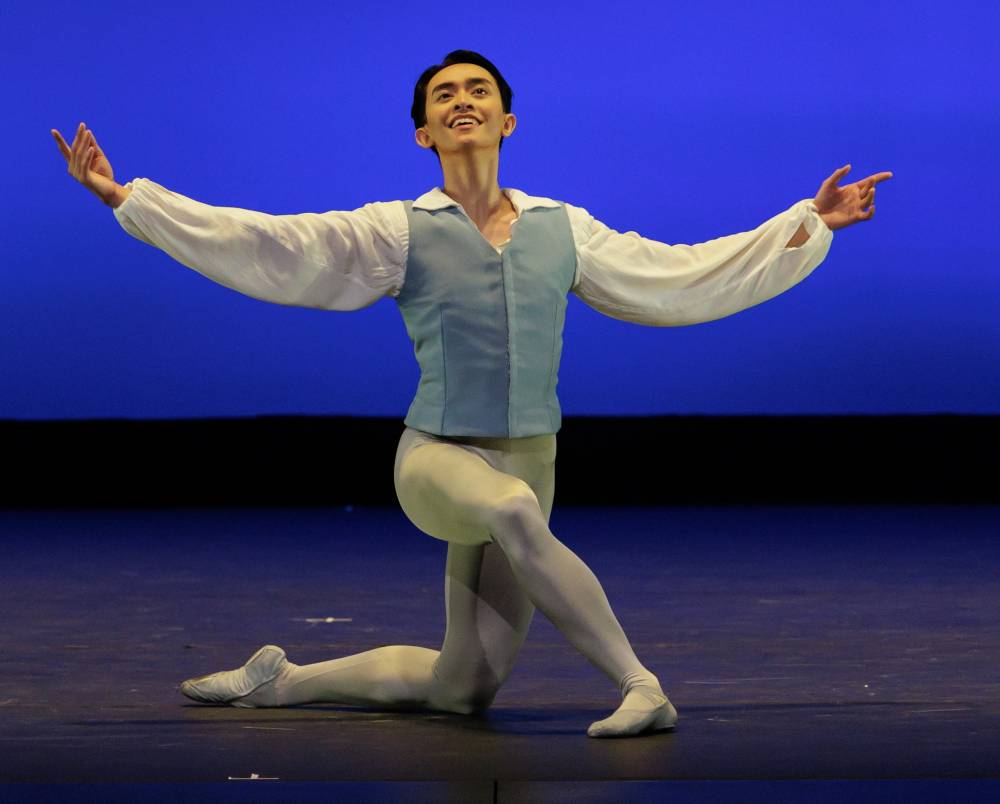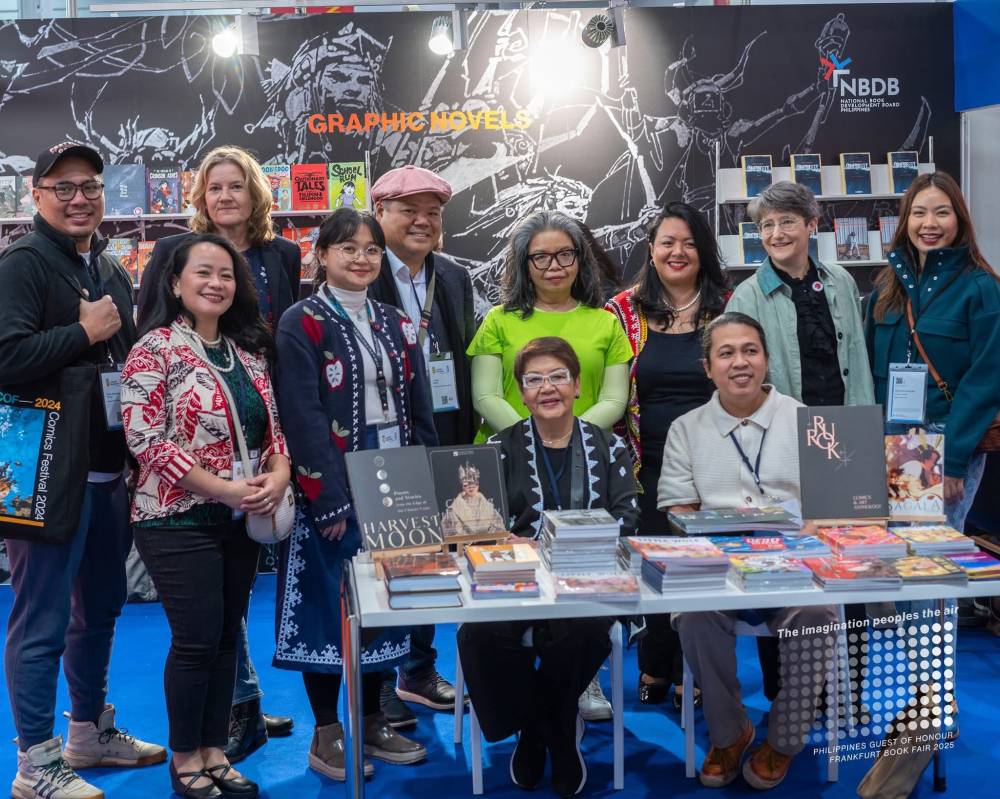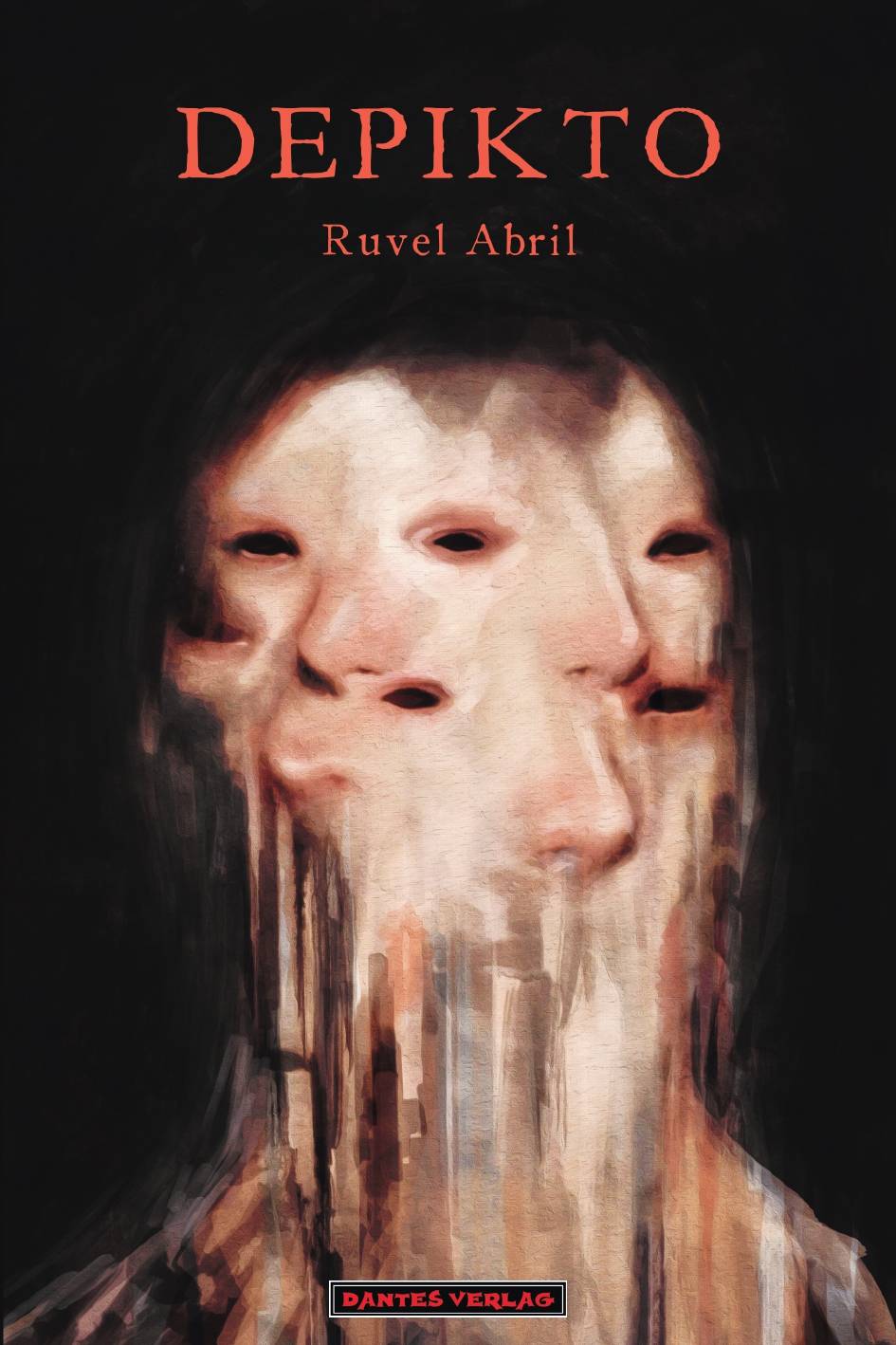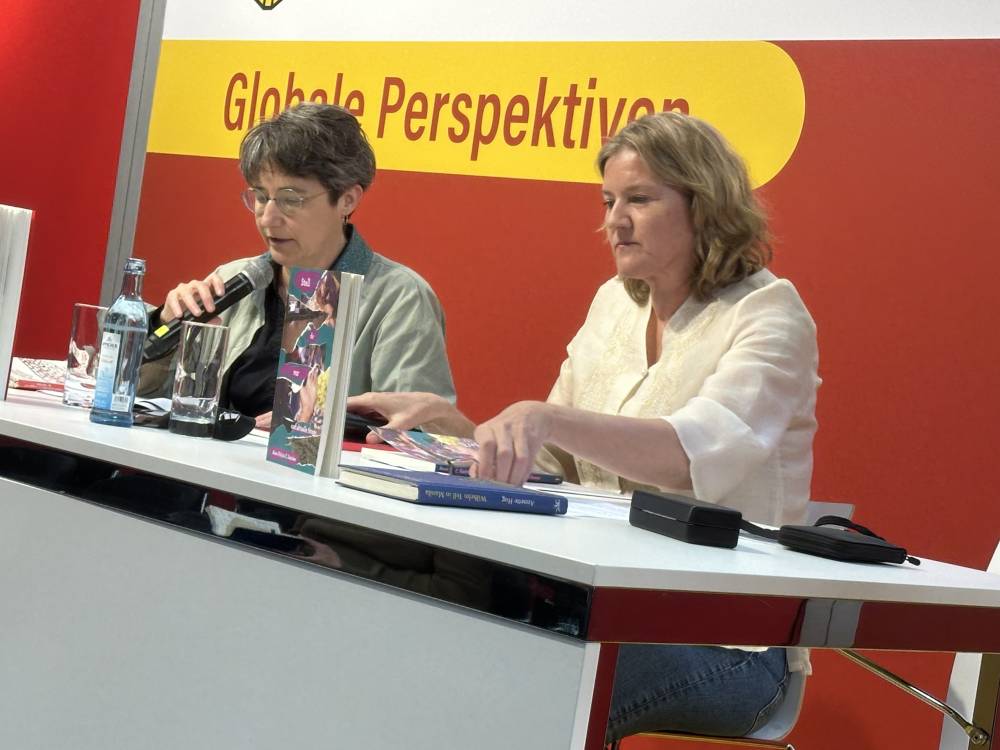
Building on its successful debut, the second International Dance Day Fest (IDDF) will be a more significant celebration of movement and range. British choreographer Wayne McGregor’s “Autobiography” will headline it. This abstract dance is rare for the country’s dance landscape. Inspired by his genetic code, this innovative work connects contemporary movement, science, and technology.
The festival’s expanded program, to be held from April 23 to 27 at the Samsung Performing Arts Theater, features 37 dance companies, promising diverse styles. Christopher Mohnani, managing director of Samsung Theater, says, “This is a real festival, and we envisioned a strong opening—separate from the nightly genre galas—where everyone could sit, enjoy, and celebrate dance, regardless of who they are.”

With support from the British Embassy and the British Council, Company Wayne McGregor launches the IDDF on April 23.
“The Philippines is far, so bringing a company of this caliber here is a feat,” says Mohnani.
DNA-based
McGregor collaborated with an IT expert and devised an algorithm based on his DNA, which then determined the dance’s structure. Viewing the body as a living archive, “Autobiography” layers choreographic imprints over personal memories, writings, art, and music from his life.
The piece does not unfold as a linear narrative. Instead, it comprises 23 distinct movement sections, mirroring the 23 pairs of human chromosomes. For each performance, the algorithm randomly selects the order of these sections. This means every rendition of “Autobiography” is singular, with dancers performing the same movement material in a different sequence each time, anchored only by a fixed beginning and end.

“‘Autobiography’ introduces McGregor’s aesthetic and contemporary movement. ‘Autobiography’ originated from his doctor’s visit. Each time the company performs, the computer dictates the order of the sections for that day. The dance order never repeats; it might begin with Number Four, then Eight, and then Number One could be in the middle,” explains Mohnani. The Philippine show will be version 105.
Running 70 minutes without intermission, “Autobiography” offers a fresh perspective on the self, memory, and the human condition. It demands adaptability from its dancers and provides audiences a thought-provoking experience at each performance.
Guest artists
On April 24, the Folk and Traditional Dance Gala will present an expanded list of 10 dance companies that have performed abroad, led by Bayanihan and the Ramon Obusan Folkloric Group.
The Street Dance Gala on April 25 features top companies that have both won international championships and are commercially successful, such as GForce, UNRVLD, and UPeepz.

The Ballet Gala on April 26 highlights the country’s top dance companies. Ballet Manila will present an excerpt from its upcoming production of “Swan Lake,” the pas de deux from Act 2, including BM’s corps de ballet as the swans. Philippine Ballet Theatre will perform Gener Caringal’s “Bughaw.” Alice Reyes Dance Philippines will show its latest hit, “C’est la Cie” by Bam Damian. Ballet Philippines will likewise show excerpts from its recent production of “Ang Panaginip” by artistic director Misha Martynyuk.
Through the help of Sofia Zobel-Elizalde, a member of the American Ballet Theatre Global Council (an international group of advisors consisting of leaders in their fields who involve communities with dance), ABT dancer Vince Pelegrin and a partner from the junior group, ABT Studio Company, will perform a work by modern dance choreographer Gerald Arpino and a pas de deux from “Le Corsaire.” Pelegrin is an alumnus of Elizalde’s Steps Dance Studio who received a scholarship at the Jacqueline Kennedy Onassis School before joining ABT.

A guest pair from the Hong Kong Ballet will perform the pas de deux from “Giselle” and a piece by Belgian-Colombian choreographer Annabelle Lopez-Ochoa. Schools such as Steps Dance Studio and the Association of Ballet Academies in the Philippines are also included.
The Contemporary Gala on April 27 introduces Paradance, international dancesport champions in the paraplegic category. Mohnani adds that there will be choreographic voices outside of Manila, with companies from the Visayas and Sultan Kudarat.
Global celebration
Founded in 1982, International Dance Day is a global dance celebration. The International Dance Council and the International Theatre Institute, UNESCO’s main partner in the performing arts, promote it. Mohnani organized this event based on experiences in the United States. International Dance Day is held every April 29, before Memorial Day. He notes that major dance festivals, Fall for Dance at the City Center in New York and Spring to Dance at the Touhill Performing Arts Center in St. Louis, Missouri, aim to introduce dance to new viewers.
Mohnani was managing director of programs and community engagement for Dance St. Louis, one of America’s five dance presenters. During his 2017 to 2019 term, he organized Spring to Dance, which he described as a “buffet” of dance styles.
“Effective event creation requires considerable thought and planning. It is not immediate. Dance St. Louis has presented dance programming for over 50 years,” he says.

As the arts and culture manager of Circuit Makati, the location of Samsung theater, he observed that dance attracted fewer viewers than musicals and symphony orchestras. Dance does not draw the box-office numbers of a musical such as “Into the Woods,” which extended its run due to high demand, or the crowd at the recent Philippine Philharmonic Orchestra’s concert celebrating Lithuania’s independence.
Nonetheless, Mohnani is hopeful. He notes that the first IDDF had an average attendance of 1,000 per night in the 1,520-capacity Samsung Theater, with the ballet gala drawing over 1,200 attendees.
“Organizing Spring to Dance taught me that audience development requires a clear vision and a distinct, high-quality program. Technology exposes our audiences more. They understand value. Our job is to maintain this standard,” Mohnani explains.
Given the high cost of theater tickets, the International Dance Day Fest offers a more accessible way to experience dance with an average ticket price of P800.
“We want International Dance Day to become a signature festival for Makati, similar to the Art Fair. Ten years ago, the Art Fair began similarly. The goal is annual growth until it becomes sustainable. I appreciate the support of those underwriting this five-day event and the participating artists, who will receive a stipend. They believe in the mission and understand dance’s importance,” he concludes.
Tickets are available at Ticketworld. For more information, follow CPATOfficial on Facebook and Instagram.












